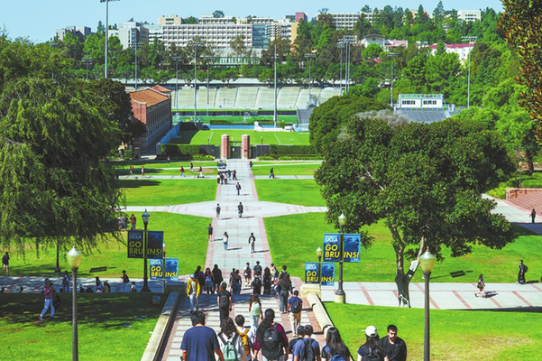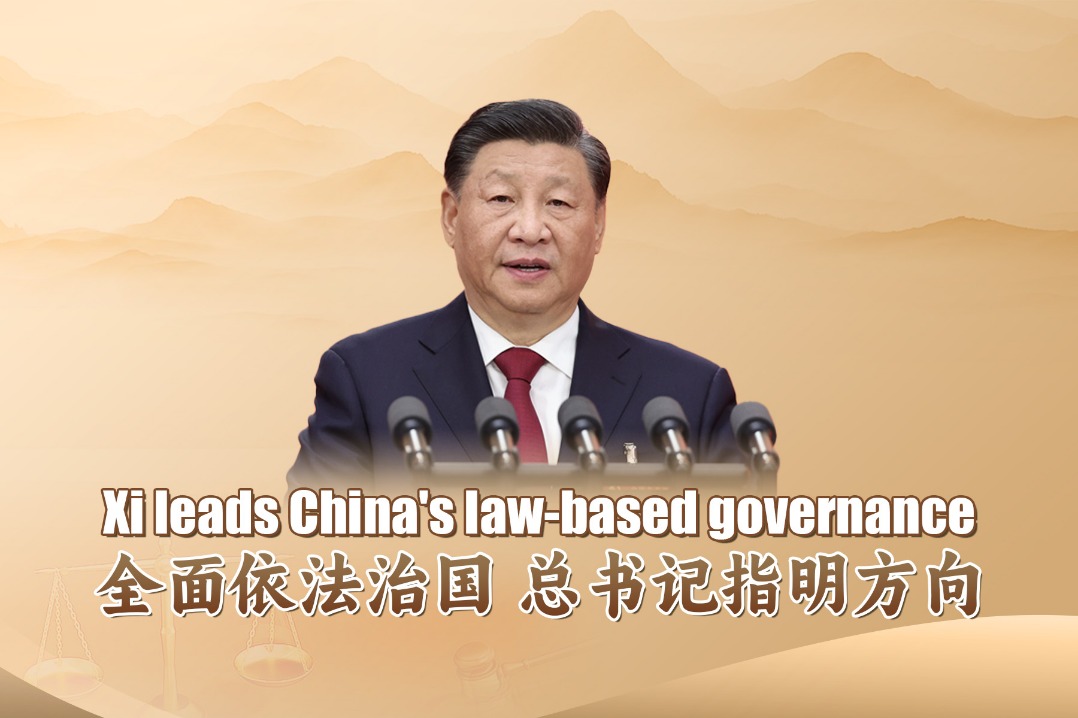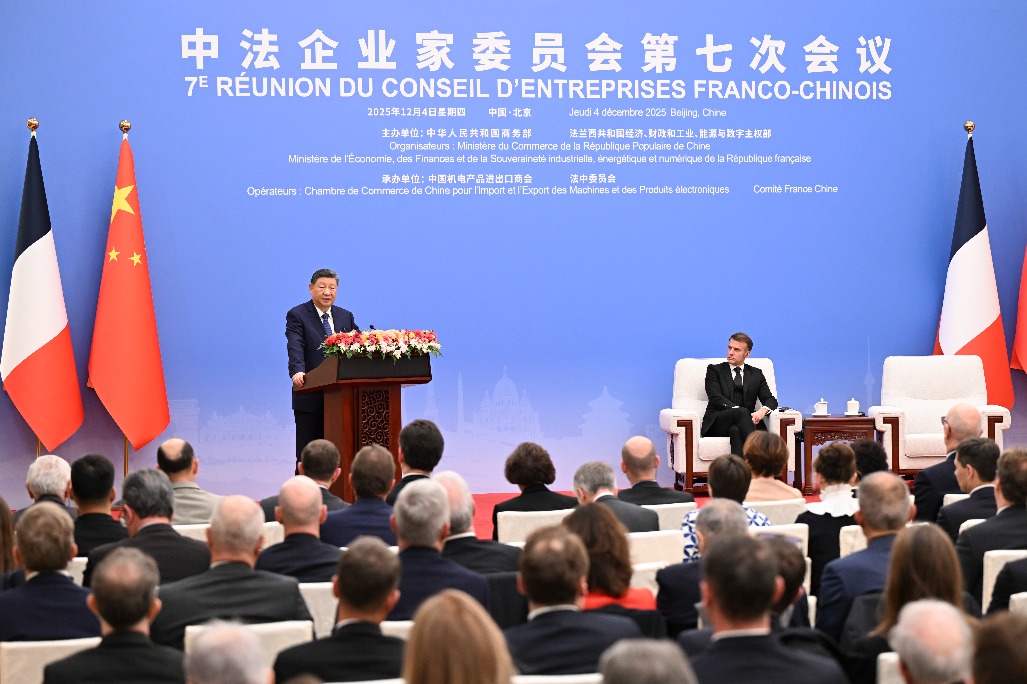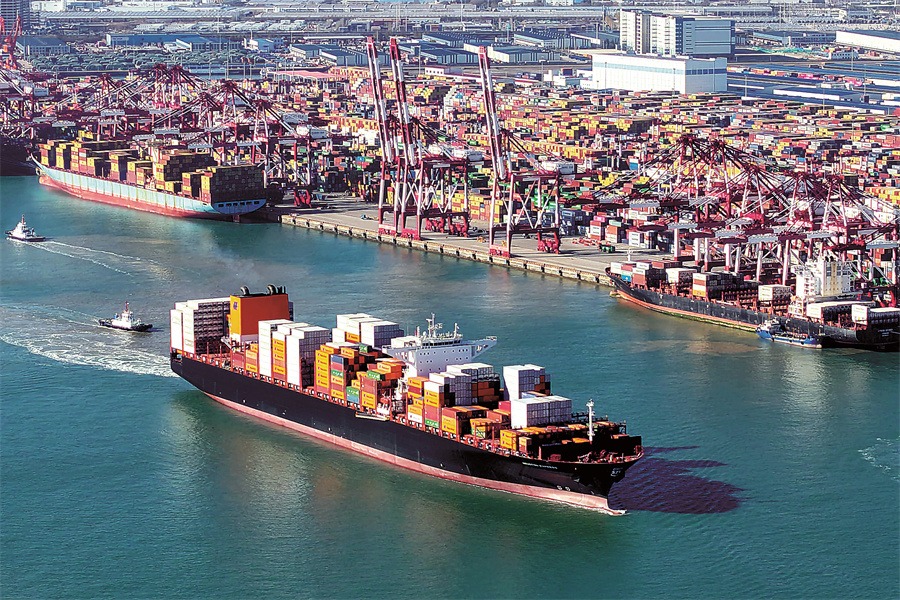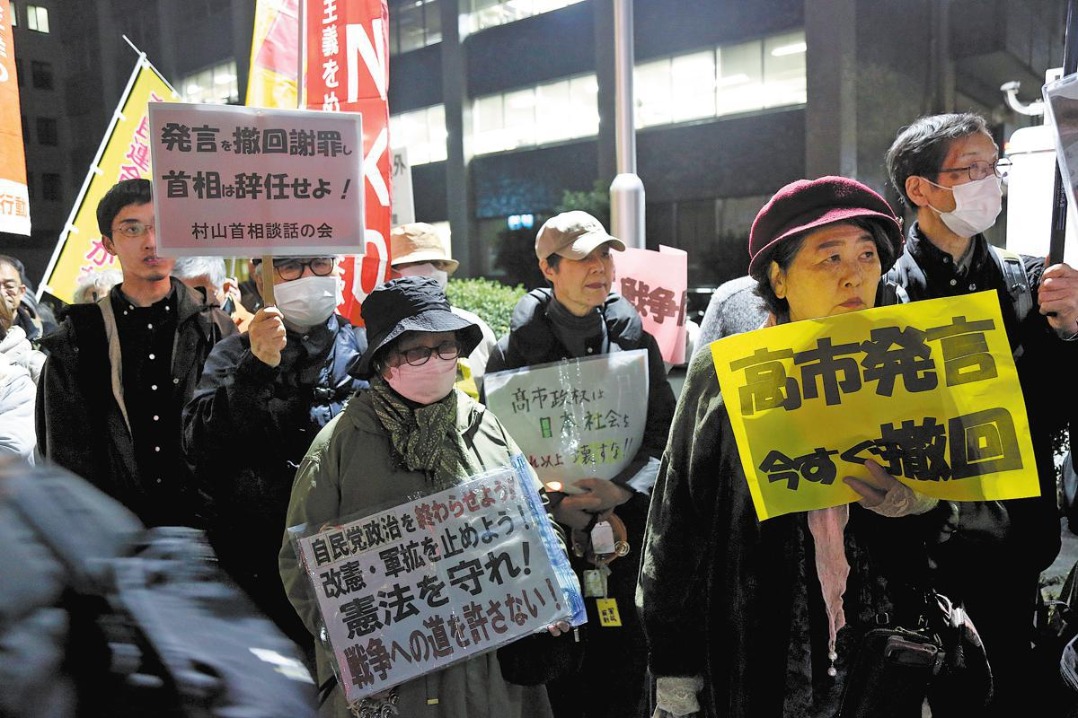Role model


Laos is determined to shake off its label of being an underdeveloped country in the next few years
Laos and China, as friendly neighbors, have maintained frequent exchanges since ancient times. The two countries, connected by mountains and rivers, enjoy a long-standing friendship. On April 25, 1961, the two nations formally established diplomatic relations. Over the past 60 years, the friendship between Laos and China has secured remarkable progress, especially in political mutual trust, economy, society and culture, bringing about tangible benefits to the two peoples.
In 2019, President Xi Jinping, also general secretary of the Communist Party of China Central Committee, signed an action plan to jointly build a Laos-China community with a shared future with Bounnhang Vorachit, who was then the Laotian president as well as general secretary of the Lao People's Revolutionary Party Central Committee at that time. This is a document of historic significance in the development of bilateral relations, as it outlined the broad prospects for future cooperation between the two sides and enabled the bilateral friendship to bear more fruitful results.
The building of the Laos-China community with a shared future has served as a model for building a community with a shared future for mankind, a key vision proposed by China. The Laos-China Railway, which is in line with Laos' development strategy, represents a key project to promote Laos' transformation from a land-locked country to a land-linked hub, which will greatly promote the economic and social development of Laos.
Since its inauguration in December 2021, the Laos-China Railway has become an important channel for connectivity between the two countries. The project has made Laos a hub connecting various countries in the Indochina Peninsula, greatly improved the efficiency of passenger and freight traffic, boosted economic cooperation between Laos and China as well as that in the ASEAN Free Trade Area and the Greater Mekong Sub-region, and spurred the economic vitality of countries along the route.
The railway has played a positive role in promoting the development of the Laos-China Economic Corridor and regional economic growth. As of July 26, the volume of cross-border goods between the two nations has reached 1 million metric tons. The category of transported goods has kept expanding, from fertilizers and products for daily use in the early days of its operations to electronics, photovoltaics, automobiles, textiles and other products. The railway is a transport line connecting many countries and a road for prosperity, mutual benefits and win-win cooperation in the region. Commodities from many regional countries, such as rice and durian from Thailand and mangoes from Cambodia, are increasingly being shipped to China via the railway.
China's transformation over the past decade has attracted worldwide attention. My brothers and sisters and I lived in Beijing when we were children. Every time we visit China, we see great changes in the country. The Chinese people are now at the forefront of leading a digital lifestyle. The financial and services institutions in Laos have learned from this practice in China, and now in Laos we can also scan QR codes to pay for groceries.
It is well-known that Laos is an agricultural country, with 80 percent of its residents being farmers. Laos attaches great importance to China's great achievements and valuable experience in its poverty alleviation campaign. Within a short period of time, China has lifted nearly 100 million rural residents out of poverty, and solved a problem that many countries are still grappling with. I am very proud of what China has achieved, which shows that upholding socialism will lead to success.
In June 2018, after concluding a state visit to Beijing, Bounnhang Vorachit, the top leader of Laos at that time, visited Shibadong, a village in Huayuan county, Hunan province. Bounnhang was in the village to explore the targeted poverty alleviation program. In April 2019, he said in a reply letter to residents of the village that under the guidance of the targeted poverty alleviation strategy, Shibadong has attained development across the board and shaken off poverty within a short period. He noted that the village has taken on a new look and the villagers' lives are prospering. At present, Laos is making every effort to fight poverty and underdevelopment. The successful practice of Shibadong village has provided Laos with very valuable experience.
How did China achieve its targeted poverty alleviation? I think the most important factor can be found in a Chinese saying: "It is better to teach a man to fish than to give him a fish". First, share leading planting and breeding techniques with farmers. Second, the development of markets is important. Funds are a key factor, but what is more important is to provide Laos with a commodity market that includes agricultural products, a practice that is similar to teaching a man to fish. China has facilitated the export of Laotian agricultural produce, and the nation has conducted many poverty alleviation projects in Laos, including steps to build many schools.
It has been over 30 years since Laos carried out its reform and opening-up, a step that ushered in remarkable progress in its social and economic development. The per capita GDP of Laos had surged from $432 in 1986 to $2,600 in 2018. With the country's economic development and social progress, the public living standard, especially those of the poor, has continuously improved. An average of 5,000 families are being lifted out of poverty on a yearly basis. At present, Laos has not yet secured a final victory in the battle against poverty. The Lao People's Revolutionary Party and Lao government attach great importance to this issue. The nation is determined to shake off its label of being an underdeveloped country in the next few years. With the comprehensive advancement of relevant measures, the poverty alleviation drive in Laos will definitely see remarkable progress.
General Secretary Xi's proposal of the Belt and Road Initiative and the building of a community with a shared future for mankind show the CPC's internationalist perspective to seek happiness for the Chinese people and all mankind. Guided by the spirit of the Belt and Road Initiative, China encourages its business leaders to go global and invest and start businesses in countries around the world, so as to drive economic and social development and improve the living standards of local residents. The Belt and Road Initiative and the concept of attaining win-win outcomes have increasingly received positive responses and widespread support from people of all countries. They have driven China's own development and promoted connectivity and common prosperity for the world. This reflects the political strength of the CPC's leadership and the strength of the socialist system. It also provides confidence and strength for developing countries, including Laos, to explore a development path that suits their national conditions.
The author is the vice president of the National Assembly of Laos. The author contributed this article to China Watch, a think tank powered by China Daily.
The views do not necessarily reflect those of China Daily.
Contact the editor at editor@chinawatch.cn.

















